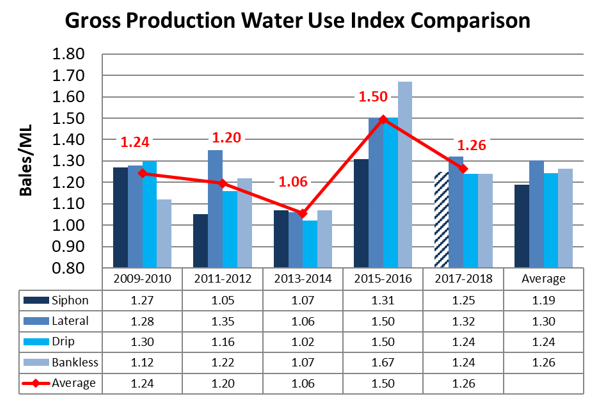Irrigation Systems, Designs and Scheduling Options
The authors of this paper note in the conclusion: 'Very often the use of sensors such as soil moisture monitors, channel level sensors or water advance systems will help inform these decisions and are invaluable in the process of optimising irrigation systems. Investment in automation or autonomous systems are further steps that will allow easier optimisation of every irrigation event.' Please access the full paper via the link below if this research interests you
The take home messages from this GRDC-funded research are below. Please access the full paper via the link below for methodology, references, acknowledgements and discussion.
System choices will be impacted by water reliability, labour resourcing as well as topography and soil type.
The primary focus areas for enhanced irrigation performance are:
- Design and drainage to minimise waterlogging and deep drainage
- Irrigation scheduling to apply the right amount at the right time and optimisation of irrigation system performance.

Figure 2. Seasonal Gross Production Water Use Index in bales of cotton per mega litre of water applied from 2009/10 to 2017/18 using different irrigation delivery systems at Keytah Moree. (Striped column in 2017-18 is Smart Siphon system)